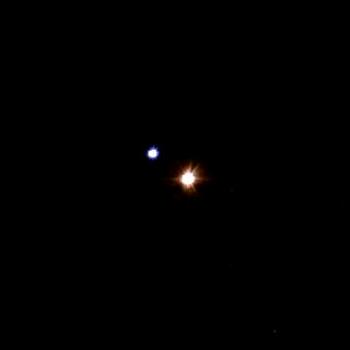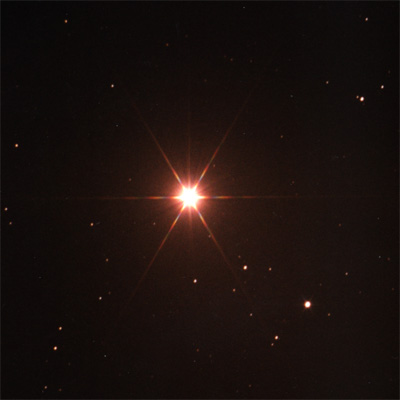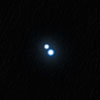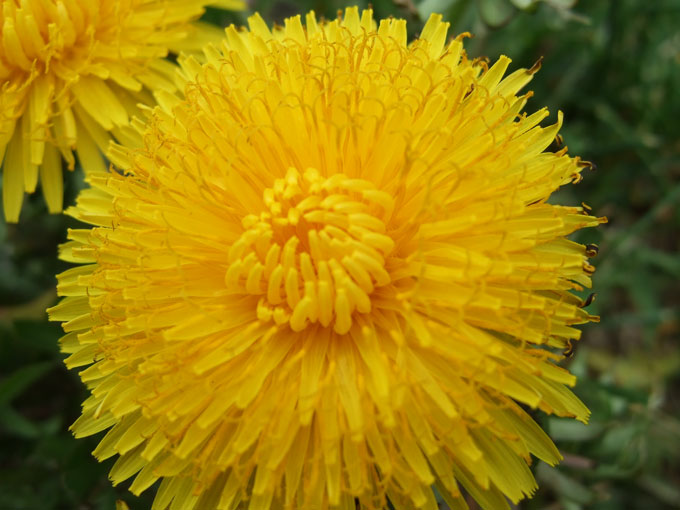Maybe your "absolute color sense" makes it difficult for you to separate the two; perhaps this is analogous to someone's with perfect (or absolute) pitch being bothered when singing or playing (early music) at A415 Hz rather than the modern tuning of A440 Hz.
Interesting. I think you are right.
When I had access to a moderately large telescope, I spent almost all my time on it checking out the color of stars. The more I learnt the color of stars, the more the stars became "real" to me. And when the stars became "real" to me, so did galaxies, because they are made up of stars.
I have a tremendous difficulty with with planetary nebulae. I have never been able to spot color in any of the rather few planetaries I have watched myself. The Ring looked like a grey smoke ring to me. Ho hum. So when I watch the wild and crazy array of pictures of planetary nebulae, where they have been ascribed totally unpredictable colors, I feel as if these planetaries are disconnected from reality. They frankly don't feel real to me.

Which of these planetary colors are real, pray tell?
The worst thing is that I can't imagine the true colors of the planetaries myself. With stars I feel that I can pin down their true color as long as I know their spectral class, but with planetaries I am stumped. I know that planetaries often contain a lot of OIII radiation, which is blue-green, and obviously it also contains a lot of red HII emission. But what is the proportion between these two kinds of radiation, which will produce rather radically different colors? Since I don't know, planetaries lack what to me is the all-important "color quality", and so they become uninteresting to me. I never read anything about planetaries.
My color sensitivity also means that while I almost invariably admire every picture produced by the Hubble telescope, I rarely like them all that much. That is because the Hubble people play fast and loose with color and produce color pictures that mock what I consider to be "true color". Often, but not always, the problem is that the object imaged is not made to look as blue as it should. One of my least favorite Hubble images ever is the one of starburst galaxy NGC 3310. As a starburst galaxy, NGC 3310 is very blue, and its blue color is mainly broken by pink HII nebulae. That is what NGC 3310 "ought" to look like, I think. But that is certainly not what it looks like in the portrait made by Hubble.

In this picture, the arms of NGC 3310 are a too pale blue, the arms contain no pink nebulae, parts of the arms are all white, and the nucleus of the galaxy is surrounded by a ridiculously red "lens" or ring. It looks awful, if you ask me. What makes the situation worse is that NGC 3310 is a relatively rarely photographed galaxy, so the Hubble picture becomes the "standard image" of it. As I was looking for images of NGC 3310, I found this one, where the skewed color balance of the Hubble image has been exaggerated. Grrr!
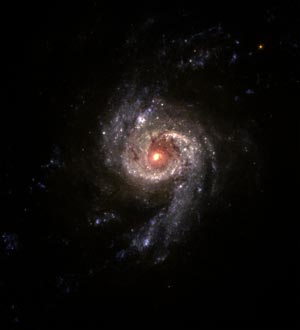
That's awful, if you ask me.
But while Hubble made NGC 3310 look much too non-blue, it made yellow galaxy M 104 look far too blue. Actually these two galaxies are made to look much the same color, except that M104 lacks NGC 3310's shocking red center!

A blue-looking M 104. Gaaah.

So I guess you are right, Owlice, "true color" is so important to me that I can't appreciate anything that mocks my color sensitivity.
Ann
